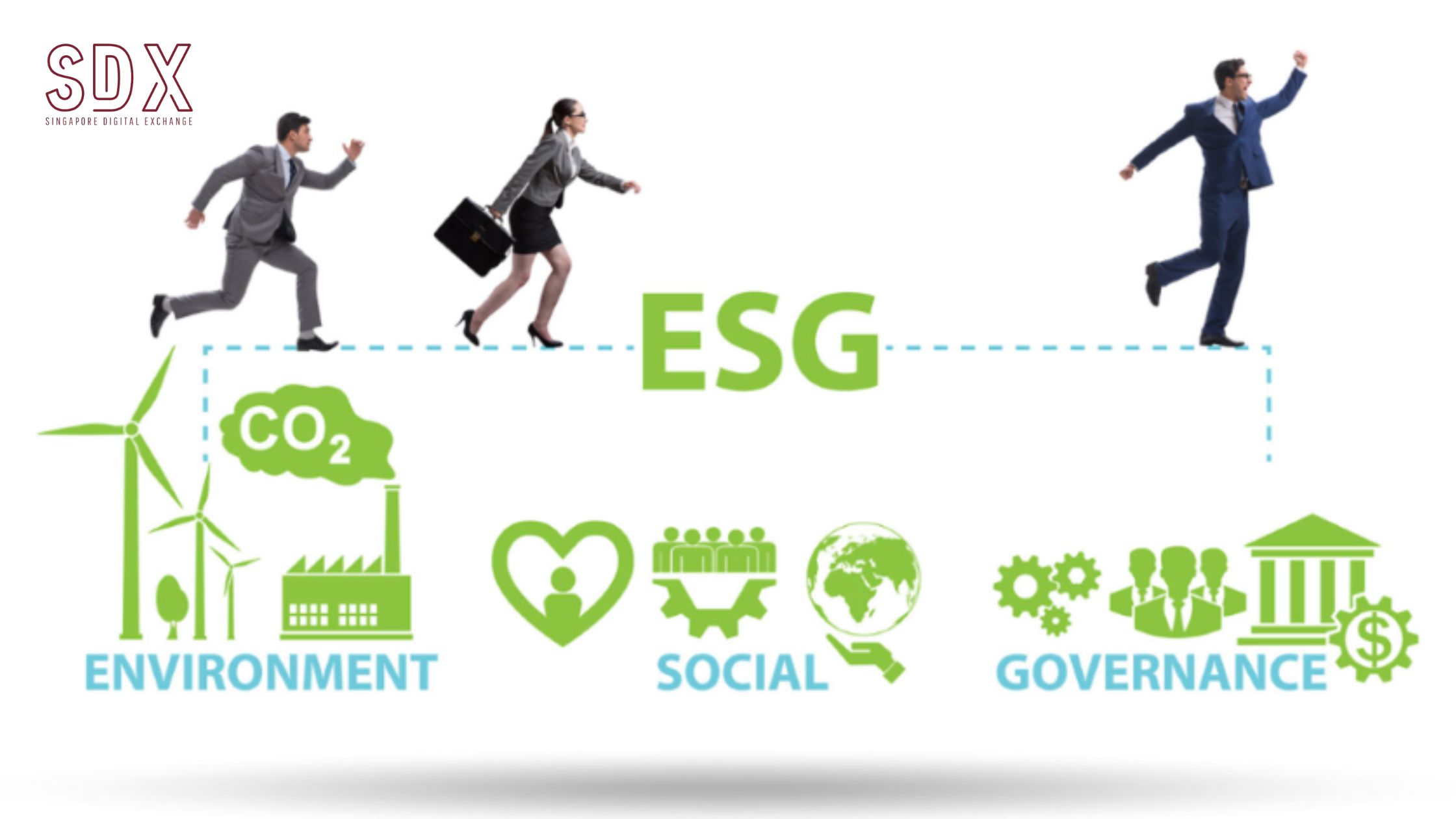A recent study interviewed 110 farmers and agribusiness stakeholders and concluded that framing of agriculture carbon market as only a financial incentive creates a barrier to how farmers perceive participation in the carbon markets. The study reveals that farmers had increased attention towards opportunities that highlighted economic incentives from environmental and social co-benefits. Carbon credit programs consider co-benefits as part of the marketing strategy to ensure higher adoption rates by farmers. For example, Locus Ag, an agricultural input company, markets the carbon price as $75 – $105/acre for their “CARBON NOW” program depending on the crop.
This value is divided into financial incentives from carbon credits and co-benefits such as reduced use of fertilizer, 9-12-bushel increase in corn yields, etc. that can be quantified into economic incentives. There are also social opportunities that arise as co-benefits from carbon farming, for example, an increase in the number of seasonal jobs for farmers to perform conservation practices. Scaling the carbon market will require resources and capacity. While the following list is not exhaustive, they are reinforced by stakeholders (farmers, corporate buyers, etc.) as issues that need to be well-established in order to facilitate a successful “agri-carbon” market.
Are farmers well positioned to participate in the carbon market without increasing transaction costs? Is the regulatory environment enabling farmers and companies to undertake carbon-reducing activities and trade carbon credits? What is needed for agriculture to become a prominent participant in the carbon market? Our Global team answers these questions through studies that analyze new drivers that will shift the demand and supply of carbon markets such as the impact of the new Biden administration rejoining the Paris Agreement on agriculture; the impact of the European New Green Deal on the European carbon market; the efforts by USDA Bill to develop carbon sequestration protocols; current carbon market assessments in the agricultural sector; carbon pledges by global agribusinesses etc. As observed, carbon demand and prices will continue to evolve in different ways and If carbon price continues to be lower than transaction costs and marketed to farmers as an additional incentive for co-benefits (e.g. higher yields), then supply may shrink as farmers exit the carbon market. This case would only be true if the market remains voluntary and is not regulated. In the US, the Growing Climate Solution Act will put forward bipartisan policies wherein participation is voluntary. Other large emitting countries like China have systems (e.g. Emissions Trading Scheme) in place but implementation remains largely uncertain in the agricultural sector.


